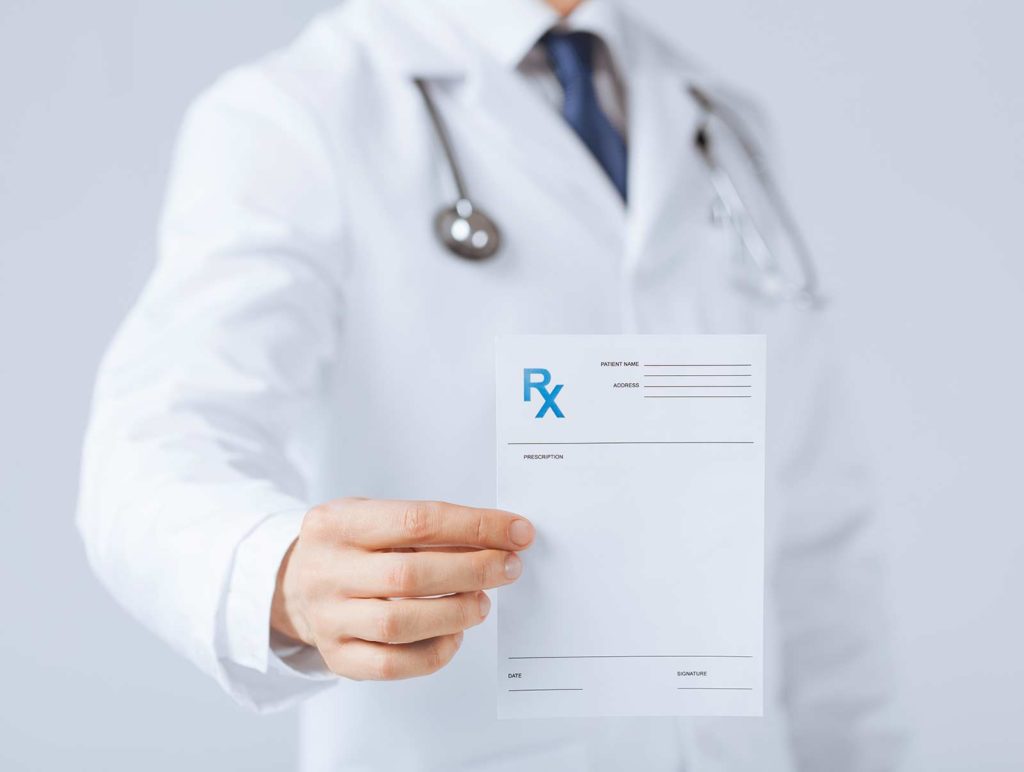Potential Benefits for Recovery
On the heels of the FDA’s approval of Probuphine, the National Institute on Drug Abuse (NIDA) issued a statement that called the implant “a game changer in fighting opioid dependence.” And, last month, in an interview with Beach House Center for Recovery, a head scientist from NIDA explained why the lead U.S. federal agency in charge of advancing addiction science supported the development of Probuphine.
The chief of NIDA’s science policy branch, Dr. Maureen Boyle, laid out the potential benefits of Probuphine for recovery:
It’s something we’re excited about, partially because it will help with the level of compliance of people taking buprenorphine … to have to go in to your doctor’s office regularly to get your next week of prescription can be quite burdensome to people, especially people who live in rural areas and are farther away from their treatment centers. This can go a long way towards helping patients stay compliant with their medications. And also, in the context of somebody struggling in their recovery … having to make the decision every single day to take that pill … to take that medication every day can be a struggle for recovery, and to have something where it’s a much harder thing to not be compliant is a positive step.
How Probuphine Works
Probuphine is basically a continual-release version of buprenorphine, so chemically works in the same way: as a “partial agonist” that binds to the brain’s opioid receptors less perfectly than “full agonist” opiates like heroin and other addictive painkillers. (The perfect binding action between an opiate drug and the brain’s opioid receptors is what produces the euphoria that can soon give rise to withdrawal, cravings and addiction.)
Probuphine (like buprenorphine) also successfully outpaces full agonist opiates in binding to the brain’s opioid receptors, thereby blocking these competing drugs from binding and releasing their signature high. The result is thus a limited opioid effect without the withdrawal or euphoria that full agonist opiates elicit.
The main difference between Probuphine and Suboxone is therefore their form and method of administration. Suboxone is administered as a daily pill or film placed under the tongue or inside a person’s cheek, whereas Probuphine is surgically implanted and then removed six months later.
As an implant, Probuphine comprises four, one-inch-long rods that go under the skin on the inside of the upper arm. These can be inserted and removed only by a health care provider with specific training and certification in the Probuphine Risk Evaluation and Mitigation Strategy program.
Safety and Efficacy of Probuphine
A six-month, randomized control trial tested the safety and efficacy of Probuphine and found the implant showed promising recovery results. 63 percent of Probuphine-treated adult patients reportedly showed no evidence of illicit opioid use during the course of six months of monitoring. (The implant has not been studied in adolescents or those over the age of 65.) That figure almost exactly replicates findings regarding the efficacy of sublingually administered buprenorphine.
Meanwhile, the most commonly reported side effects were relatively mild. These included:
- Irritation at the site of the implant
- Headache
- Depression
- Constipation
- Nausea
- Vomiting
- Back pain
- Toothache
- Pain in the throat area
Probuphine and MAT as a Comprehensive Approach
Probuphine is the latest form of MAT in America’s fight against the opiate epidemic. Moreover, the implant could be the first in a string of newly emerging medications for opioid use disorder, thanks to MAT’s relatively recent prioritization as part of the U.S. Department of Health and Human Services’ Opioid Initiative. What’s important to note here, then, is that MAT is a comprehensive approach combining approved medications like Suboxone with cognitive and behavioral therapies. Probuphine is thus most effective as short-term assistance for those already receiving these other critical psychosocial treatments for heroin and/or prescription opiate dependency.
Related Articles:
Suboxone vs Subutex: Breaking it Down
Dangers of Long-Term Suboxone Treatment
Why Medication-Assisted Treatment is Important for Opiate Addicts in Early Treatment







